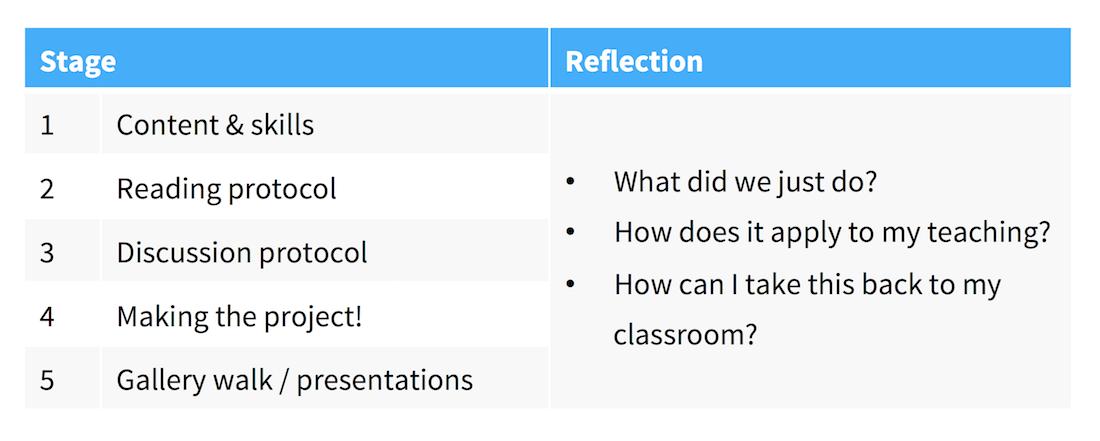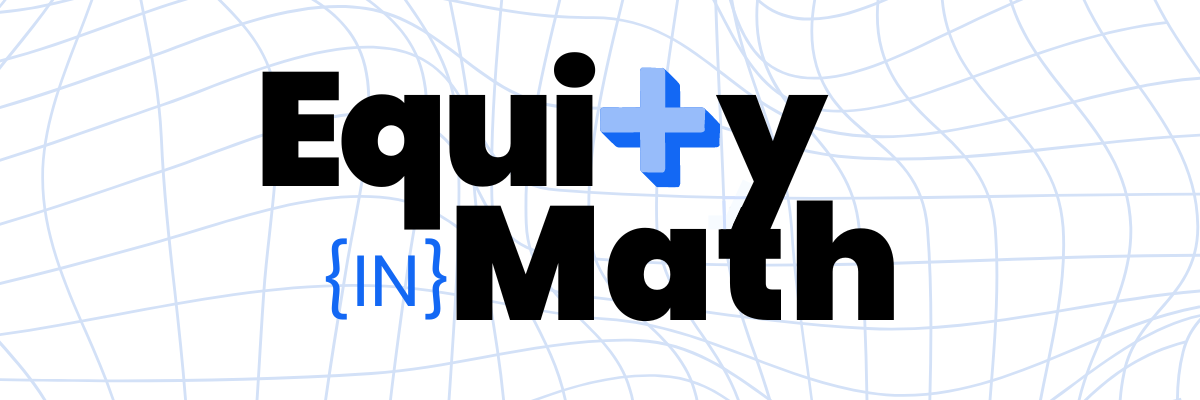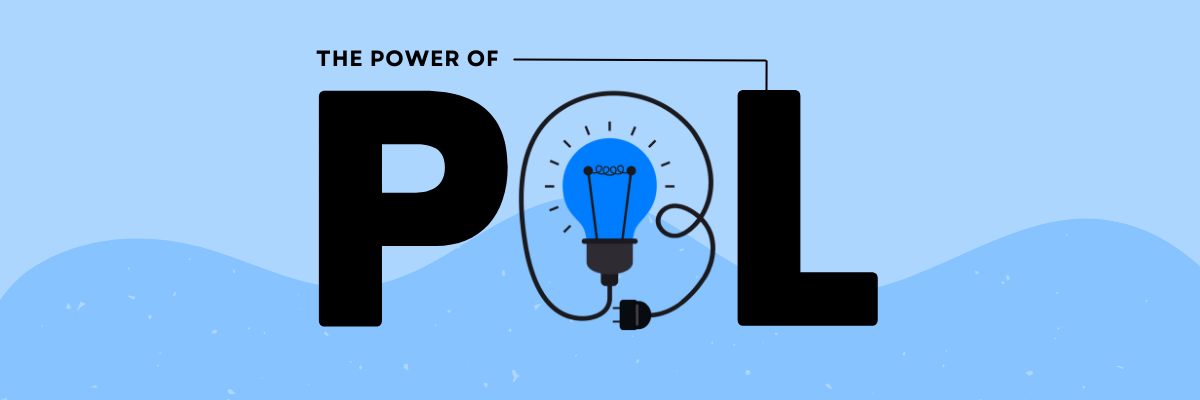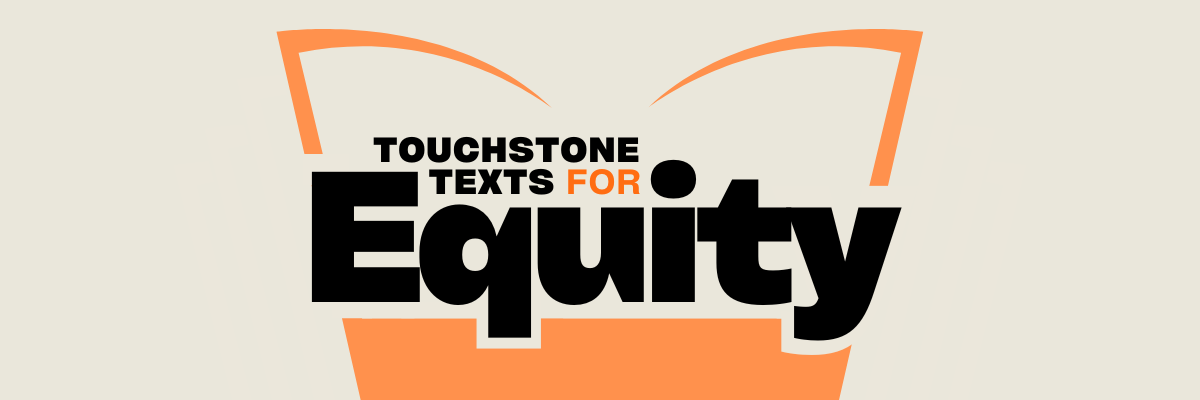|
In January, we invited teachers across the city to the third annual Big Learning Challenge: a conference that focuses on the power of project-based learning. Participants previewed innovative workshops, practiced new instructional strategies, and made connections with other teachers by creating original projects, reflecting on their project-making process, and applying it to their own classrooms.
Each year, teachers glow at the end of the day as they present their work, having engaged with the topic, developed a project vitally connected to their content area, and created everything from scratch. This is fantastic! “Don't judge each day by the harvest you reap, but by the seeds that you plant.”
Who wouldn’t have a great time spending a day in their content area of choice, making cool stuff? The Big Learning Challenge design invites teachers further into the field of play, where they consider how the project-making process can become a reality in their classroom. At every stage, from planning to presentation, teachers pause for written reflection:
After experiencing projects aligned to guiding questions and classroom connections, teachers gathered together to share their projects during the final session's gallery walk. Teachers walked away with not only a satisfying experience, but also self-identified next steps to implementing project-based learning in their classrooms.
Modeling in Mathematics
Moving Images
Narrative storytelling
Scientific experiments
Visual and creative arts
Modeling in Mathematics
PROJECT
GUIDING QUESTION(S)
CONNECTIONS TO THE CLASSROOM Teachers will be able to take this to their classroom in two ways. First, teachers can find inspiration from the open-ended nature of the project, and take into their classroom the PBL-style activities that ask students to be part of creating. Asking students to be creators can be an important way of including them in the learning process, whether that’s with a project about seeds, or something else. Second, teachers can find inspiration in the project’s mathematical ideas discussed in relation to seeds. What they might take to their classroom are some interesting ways to enliven the teaching and learning of specific topics – such as ratios and proportions, symmetries, counting, relations, etc.
Moving Images
PROJECT
GUIDING QUESTION(S)
CONNECTIONS TO THE CLASSROOM A stop motion film can be used as a visual report in any subject. For example, students might create a stop motion clip to do the following:
Narrative storytelling
PROJECT
GUIDING QUESTION(S)
CONNECTIONS TO THE CLASSROOM The process of creating a Choose Your Own Adventure text (PPT, writing, visual) pushes students to consider “what happens if…” and enriches their experience of learning across content areas. The creation of the text deepens learning, and the sharing of the final projects across the classroom allows other students to benefit from the knowledge and inspiration of their fellow classmates.
Scientific experiments
PROJECT
GUIDING QUESTION(S)
CONNECTIONS TO THE CLASSROOM This integrated project involves reading, writing, speaking and listening, Science content, and engineering standards. Once the hydroponic systems are set up, Math standards can be incorporated by measuring plants and graphing trends over time. Though background building and creating the hydroponic systems is a bit time consuming, once this stage is completed, the project only requires approximately 15 minutes per day.
Visual and creative arts
PROJECT
GUIDING QUESTION(S)
CONNECTIONS TO THE CLASSROOM Visual expression of poetry can be used in the classroom to offer a way for students to share what they know and can do. The process of creating a visual representation taps into several 21st century skills and connects with standards in a variety of classroom content areas. |
|
The Center for Professional Education of Teachers (CPET) at Teachers College, Columbia University is committed to making excellent and equitable education accessible worldwide. CPET unites theory and practice to promote transformational change. We design innovative projects, cultivate sustainable partnerships, and conduct research through direct and online services to youth and educators. Grounded in adult learning theories, our six core principles structure our customized approach and expand the capacities of educators around the world.
|
ABOUT US
525 West 120th Street, Box 182 New York, NY 10027 416 Zankel Ph: (212) 678-3161 [email protected] Our Team Career Opportunities |
RESOURCES
Professional Articles Ready-to-Use Resources Teaching Today Podcast Upcoming PD Opportunities |
COACHING SERVICES
Custom Coaching Global Learning Alliance Literacy Unbound New Teacher Network Student Press Initiative |






















